
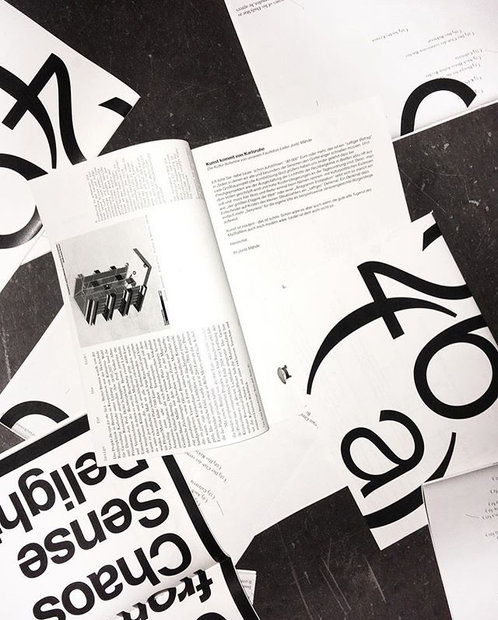
Photo: Michelle Mantel

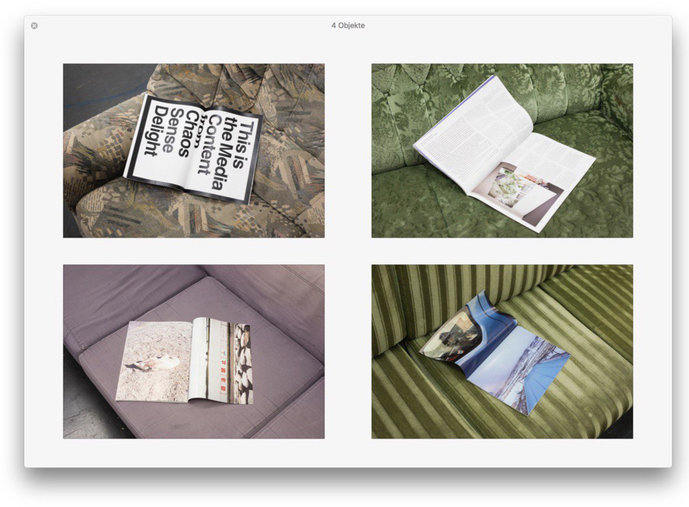
Photo: Michelle Mantel

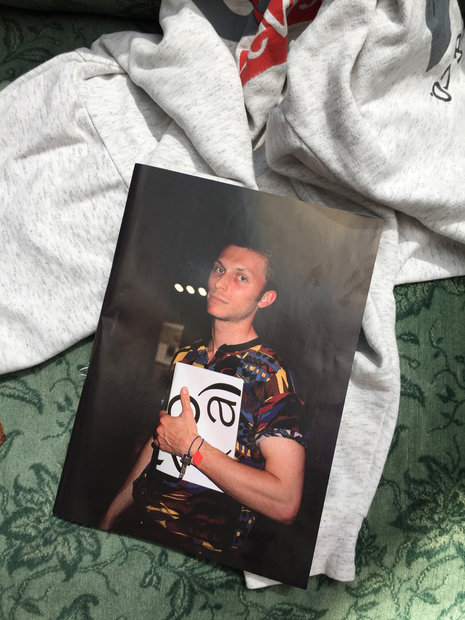
Photo: Cécile Kobel

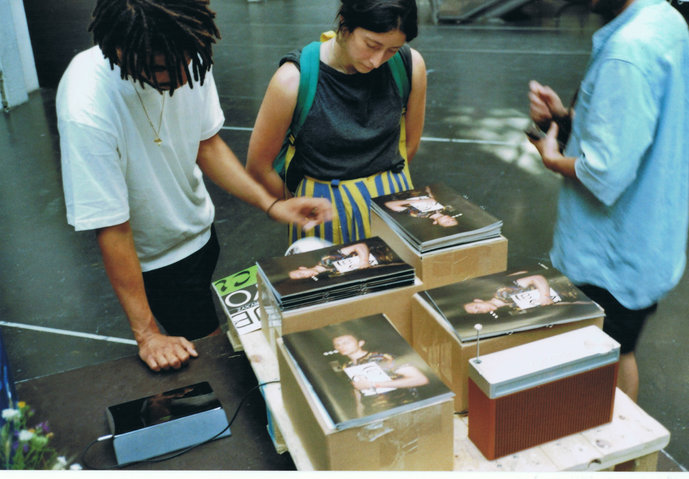
Photo: Judith Milz

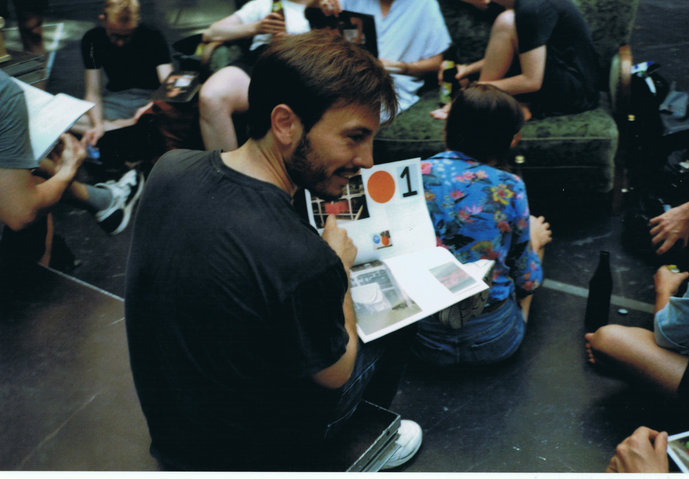
Photo: Judith Milz

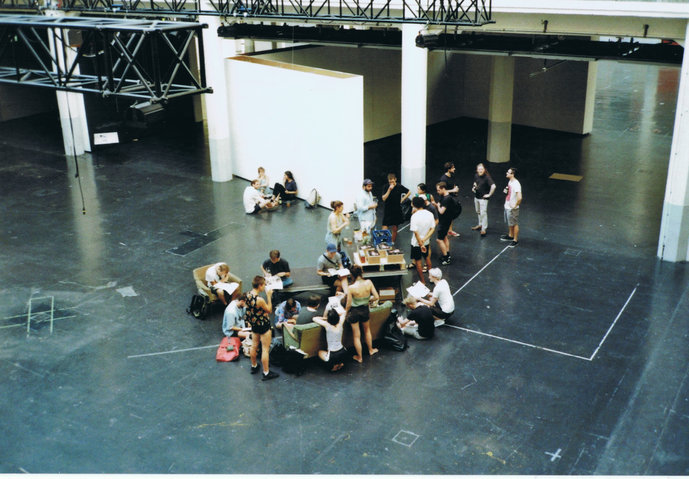
Photo: Judith Milz
Two print editions of the ammunition factory appeared in 2018: # 26a) and # 26b). They consist of free contributions - submitted by university members: a contemporary testimony, partly a depiction of the university at the time, compiled, formed, black and white, color, sixty-four pages.
Editors: Annika Gutsche, Jana Hofmann, Cécile Kobel, Judith Milz
Edition of 200
58 pages
1 Euro nominal fee
February 2018
Foreword
Horace Greeley is heading west with his printing press and his rock-solid-belief in the power of the press, printing issues of his Daily Star as he goes. But his insitence on publishing the truth isn’t making him universally loved. When Lucky Luke meets the quirky journalist, he agrees to help him settle in Dead End Gulch – and protect him against those, who would rather not see their dirty deeds in print.
Munitionsfabrik issue #26a) was compiled within one week and edited and layouted in 24 hours. It consists of the contributions of the members of HfG Karlsruhe.
Edition of 200
64 pages
2 Euros nominal fee
April 2018
Foreword
In 1819, William Parry (1790–1855) was commissioned by the British government to undertake an expedition to discover the Northwest Passage with a fleet of two ships: HMS Hecla and HMS Griper. The expedition is noted for travelling further west than any search for the passage had previously achieved. Parry ventured beyond Lancaster Sound into what is now called the Parry Channel, reaching Melville Island in the winter of 1819. Unable to proceed due to the pack ice and lack of sunlight – it was dark for 96 days – the ships were forced to spend the winter at Winter Harbour just off the southern coast of the island.
In order to relieve the monotony of spending the winter in one place, the expedition’s Science Officer and later President of the Royal Society, Edward Sabine (1788–1883), decided to print a newsletter containing “original contributions on any subject” written anonymously by crew members. The result provides an often humorous insight into life on board the ships in the depths of winter. The 21 issues that were printed, and published, […] contain a wide variety of material: accounts of plays performed, satirical advertisements, descriptions of the wildlife, remarks on the weather and thinly-veiled frustrations at the hobbies and habits of other members of the crew (whistling and humming songs out of tune being a particular gripe). The idea of a crew newsletter printed during a long expedition makes a contrast to the published accounts of voyages that often followed such significant endeavours. It provides more of a human touch to the experience of travelling on such extensive, and often dangerous, journeys.
www.royalcollection.org.uk/collection/1141476/north-georgia-gazette-and-winter-chronicle
Each edition could only have failed in that we will never have the exact same resources as on the HMS Hecla and HMS Griper in their ninety-six day ordeal trapped in pack ice, despite the fact that the architecture of the ammunition factory is the same in length as the sunken RMS Titanic of 1912. So too is the edition #26b) a compilation of unexplored possibilities, a testimony of time. What remains: a university full of potential stories and a house budget of 2000 Euros a year. It would be madness not to want to publish a university magazine straight away.